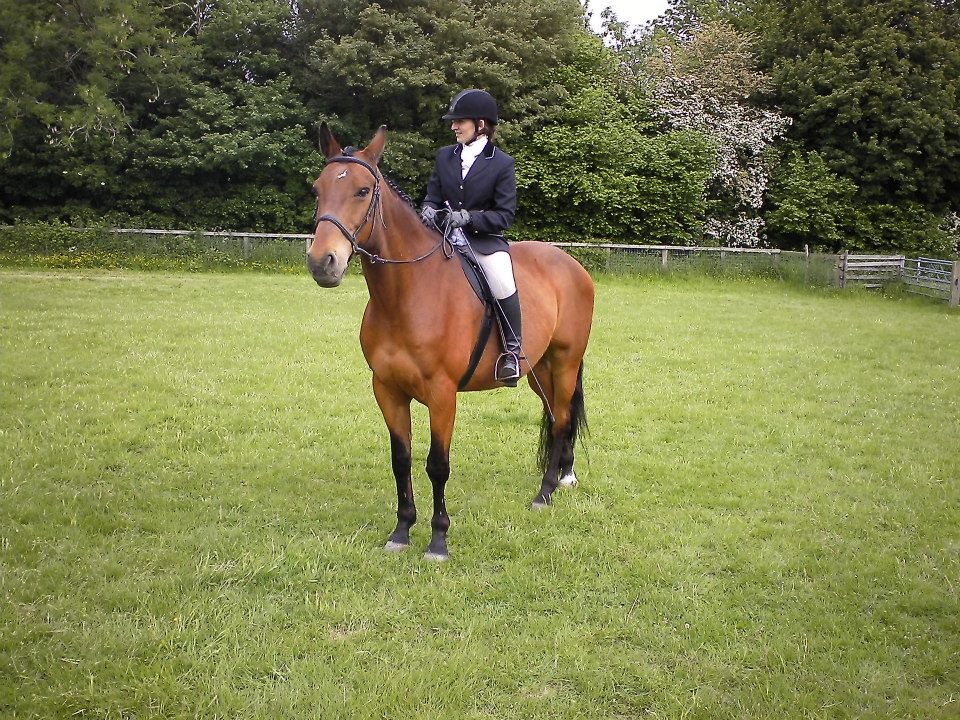In January of 2019 I visited The University Centre Sparsholt which is affiliated to The University of Portsmouth here in the UK. From previous discussions an interest in conducting some studies into aspects of the Total Contact Saddle had been shown and this visit was to give them a TCS to use in such studies and to view possible facilities that might be used. Further discussions ensued and two areas of particular interest were to be followed up: pressure over the horses back and rider comfort/discomfort as a number of TCS clients had expressed their being able to ride ‘pain free’ in the TCS compared to their old saddles. In at least one case this meant the client no longer took pain killers for days after riding as had been her experience prior to purchasing a TCS. When previous studies had suggested that some 80% of all riders (across all disciplines) had shown aspects of back pain it was thought this to be an important area of study. The question of ‘pressure’ is one that comes up with some client enquiries and, whilst no direct ill effects of pressure pain/sores were a common feature of client feedback (in fact the opposite is true) here again it was felt this to be a valid use of study time and resources. At no time was I involved in the construction of a Methodology or aspects of its being carried out or the following write up so that criticism of possible ‘bias’ could be avoided. I did, however, keep in touch with the lead researcher as to progress with the study.
Progress was sometimes frustratingly slow: a new set of protocols needed to be validated; the initial researcher dropped out of the study to be replaced with another; the Ethics agreement seemed to ‘drag on’ for ages; the effects of the CV-19 situation in the UK slowed things down yet further. Science does indeed move slowly most of the time. In any research it is vital that two aspects of study are provided for: ‘validity’ - the method must be able to investigate the variables that will have an effect on the results (one way or the other); ‘reliability’ - the methods must be re-producible in a range of situations to investigate in further studies as needed. Both of these aspects took time to validate. In the end it was decided that the Method chosen would be applied to a small scale participant group and this would then be used to conduct a much larger study (participants, methods, data collection) later in 2020. It is not unusual in the study of novel items to use this method of study to validate and expand on the original study and to amend the Method as needed. Indeed many equine studies are conducted using a small participant group for many reasons such as cost, industry applications developing Methods, ethics, availability of suitable participants and homogeneity.
This study entitled “Impact of a novel saddle on perceived back pain in horse riders” was presented at the 2020UKESC conference in a virtual fashion due to CV-19 restrictions on groups on the 15th July 2020. The study was peer reviewed to ensure it was of a high enough standard to be presented at this conference - peer reviewing is a normal process where a number of other academics examine the work and may ask for clarifications/amendments to be made prior to presentation and ensures quality and rigour is upheld. It is envisaged that the Method will now be examined for changes that can be made to undertake a much larger study and incorporate rider kinematics, muscle usage,pressure as well as a more longitudinal view of rider comfort/discomfort following TCS client anecdotal comments that continue to occur.
The study in brief:
Six female riders with self diagnosed back pain rode a Racewood Horse Simulator in walk, trot and canter after a period of familiarisation with the simulator in two randomised situations: a lightweight event saddle and a Total Contact Saddle. Pressure measures were taken during each ridden effort and the riders self scored their relative pain experienced.
The results in brief:
The pressure measures (left, right, front and back) were significantly less in the TCS effort than the treed efforts (p=0.001, p=0.001, p=0.002, p=0.005 respectively and p=0.005 overall). For those not too au faix with statistical tests this suggests that one effort in a thousand will show differently (p=0.001) to five in one thousand (p=0.005) will be different and is considered ‘statistically significant’ values. The self scored rider comments on discomfort showed a statistical value of p=0.02 (two in a hundred would be different) with the TCS coming off as less comfortable.
Limitations:
The researcher herself pointed out that a bigger participant group was needed in further research (one can never have a big enough group in most research) and that a longer riding/familiarisation period was needed to further test the rider comfort situation.
Overall:
Scientific study moves slowly ! The situation with rider comfort was disappointing and especially so given the client comment in this area. However, it is what it is and a larger study may well show different results in this area. Whilst this study used six participants on a horse simulator (to even out some of the many variables with real horses) this is a standard participant number and is needed to provide a valid statistical test using a t-Test method to show reliability and validity. It does show that the TCS develops less pressure in all areas (left, right, front, back) than a traditional saddle and as such should provide some reassurance to those that wish this. However, the huge variety of real horses (breed, conformation, age, activity undertaken, rider ability) that exists in The TCS Family with no ill effects should also be seen as a sign post to equine health and well being. It is recognised that, for some, no amount of testing, of participant groups, large or small, will ever be enough and that’s for those folk to ponder over, however, this was a properly conducted piece of peer reviewed research and the pressure values are valid. As for rider health and well being, well, I look forward to the next study to look closer at that in a study type of way.
This is the defended poster that was presented at the conference. Thank you to Emma Sansom, her Supervisors and University Centre Sparsholt for taking on the challenge. I am also eternally grateful to the many hundreds of TCS clients who continue to ‘find their Brave Pants’ and purchase a TCS for their horse’s welfare and performance and their own horsemanship development.


